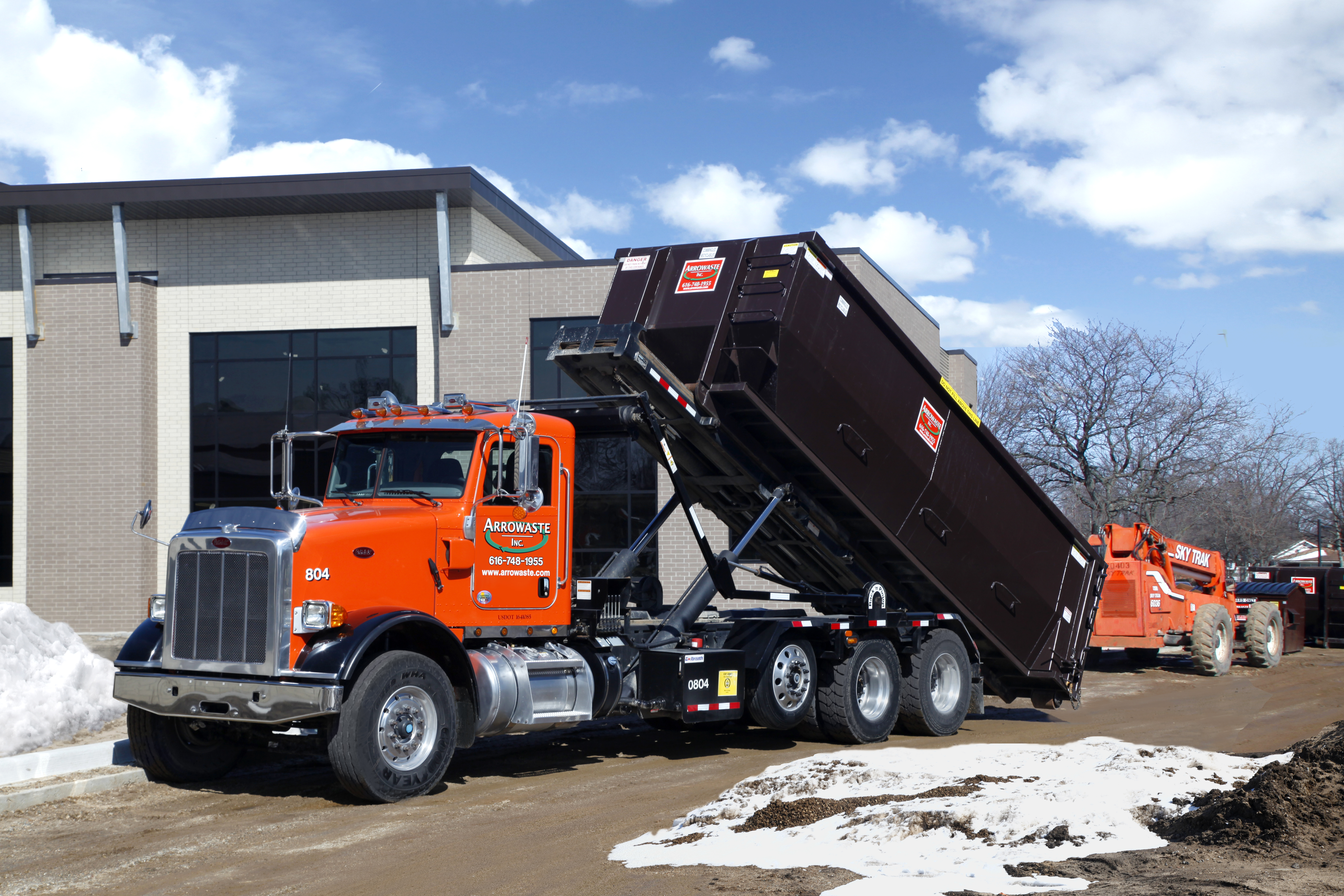How To Choose The Right Dumpster Size For Your Job: A Comprehensive Overview
How To Choose The Right Dumpster Size For Your Job: A Comprehensive Overview
Blog Article
Published By-Swain Davies
When starting a task that calls for a dumpster, the size you pick can greatly impact its efficiency and cost-effectiveness. Envision having the best container that fits all your waste without being exceedingly large or as well tiny. It all begins with understanding the subtleties of your task and selecting a dumpster dimension that lines up with your details requirements. So, before you make a decision, take into consideration the factors at play to guarantee a seamless waste monitoring procedure from beginning to end.
Factors to Take into consideration
When picking the appropriate dumpster size, there are several key aspects to consider.
First, think about the type of waste you'll be getting rid of. Different materials might need differing quantities of area, so comprehending what you'll be putting in the dumpster is essential.
Next off, analyze the quantity of waste you anticipate to produce. If you undervalue the volume, you may need to make several journeys to dispose of everything, which can be troublesome and costly. On the other hand, renting a dumpster that's as well large can lead to unnecessary expenses.
Additionally, think about the room where the dumpster will certainly be put. Make certain there suffices room for the dumpster to be provided and picked up without any obstructions.
Finally, consider any weight constraints that might use. Surpassing the weight limit can lead to additional costs or perhaps the refusal of service.
Dumpster Size Alternatives
For selecting the right dumpster size, it's essential to have a mutual understanding of the readily available alternatives. Dumpster sizes normally vary from 10 to 40 cubic yards, with variants in between.
A 10-yard dumpster appropriates for little projects like a garage cleanout or a small restoration. If you're taking on a medium-sized project such as a kitchen area remodel or a cellar cleanout, a 20-yard dumpster might be the best selection.
For bigger tasks like a whole-house remodelling or business building, a 30 or 40-yard dumpster could be better to fit the volume of waste generated.
When picking a dumpster dimension, think about the quantity and kind of debris you expect to throw away. It's far better to choose a somewhat bigger dimension if you're not sure to stop overfilling. Keep in mind, it's more economical to rent out a dumpster that fits your needs instead of having to order an additional one.
Matching Size to Job
Optimally matching the dumpster size to your project is essential for reliable waste management. To figure out the appropriate size, take into consideration the scope and nature of your task.
For tiny home cleanouts or improvements, a 10-yard dumpster might suffice. great post to read are generally 12 feet long and can hold around 4 pickup truck lots of waste.
For view it like renovating multiple rooms or removing a large estate, a 20-yard dumpster could be better. These are around 22 feet long and can hold around 8 pickup truck lots.
If you're tackling a significant building and construction task or commercial remodelling, a 30-yard dumpster could be the best fit. These dumpsters have to do with 22 feet long and can accommodate about 12 pickup loads of debris.
Matching the dumpster dimension to your task ensures you have adequate space for all waste products without paying too much for extra capacity.
Verdict
In conclusion, choosing the best dumpster size for your task is important for reliable garbage disposal. By taking into consideration aspects like the type and amount of waste, area schedule, weight restrictions, and budget plan constraints, you can ensure you have the suitable dimension dumpster for your needs. Make sure to match the dimension of the dumpster to the scope and nature of your project to stay clear of overspending on unnecessary expenses.
